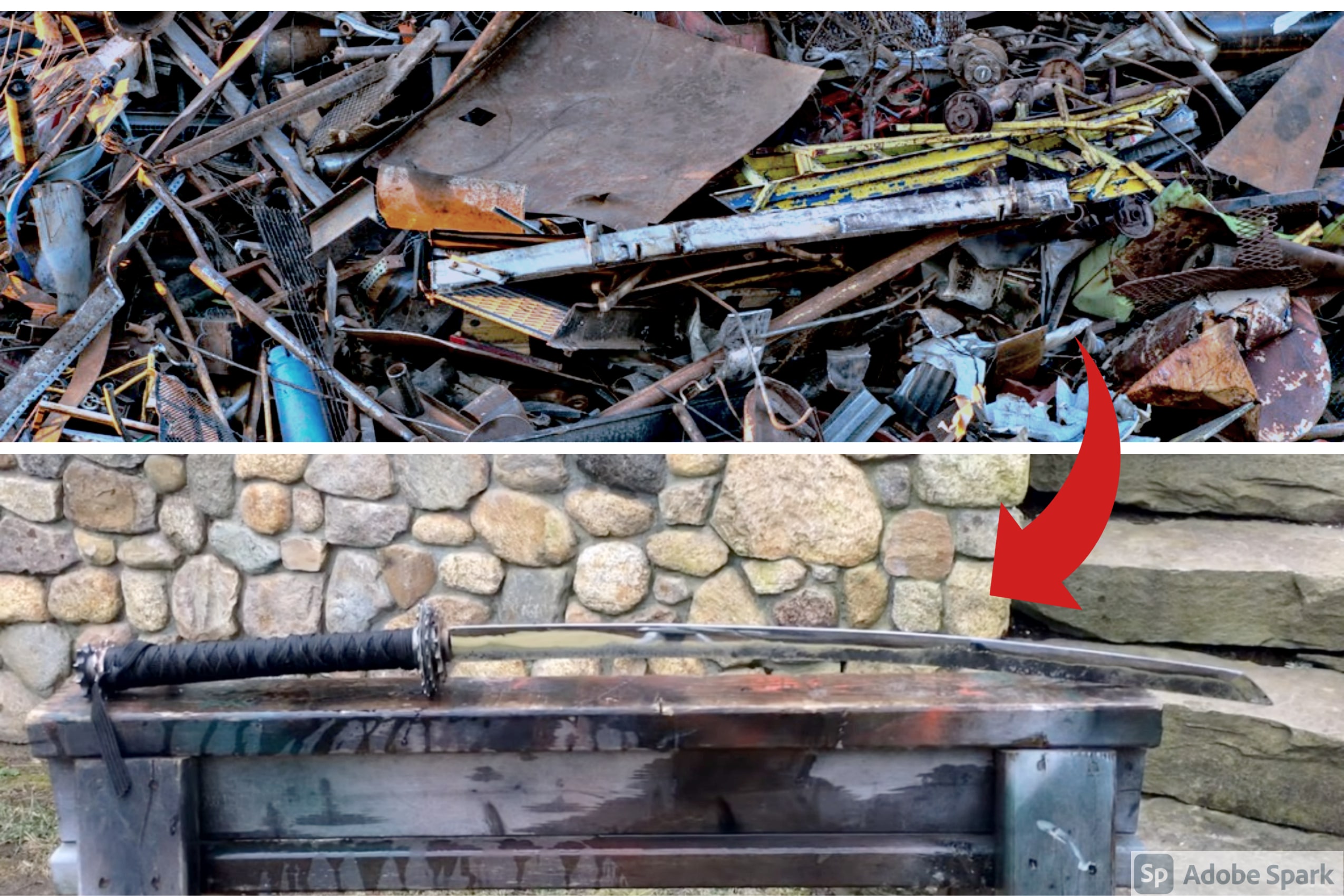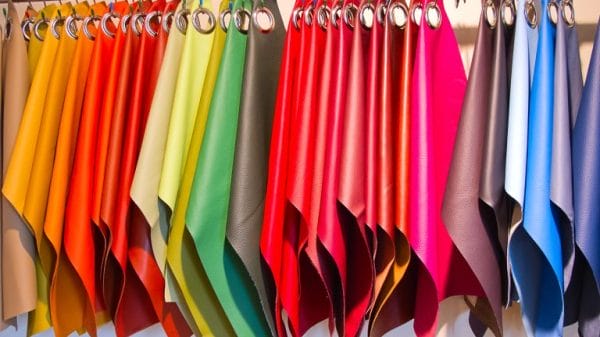A niche but growing group, blacksmithing is making a heavy impression among the Youtube community as videos of skilled craftsmen turning junk into art has become the subject of tens of millions of intrigued viewers.
One channel, Faraway Forge, has been doing just that. Through heat and hammer, he has been grossing over 15 million views on some of his videos. Yet even more incredible is the fact that his stunning swords and knives are upcycled from rusted car parts and disused tools.
Among the most popular of his videos is the forging of katana from a rusted leaf-spring:
But what exactly is a “Katana”?
The Katana is the traditional sword of Japan. Its use was predominantly in the Kamakura period (1185-1333 AD) onwards and was the primary weapon of the Samurai: a high-ranking warrior caste of Japanese society.
The sword had (and still does) hold a special place among Japanese culture and heritage. Japan, unlike Europe, was not rich in quality iron reserves, and so swords were both expensive and far more cherished, being handed down through generations as heirlooms; some surviving this way into the present day.
As a result, swords that are near a millennium-old are still around today, and in pristine condition, such as “Yamatorige” (meaning “Copper Pheasant”): a sword over 800 years old! Once wielded by the Warlord Uesugi Kagekatsu, it was recently bought in 2020 by Sentouchi City, its original home, for the fortune of 500 million Yen or about £3,268,000:
What’s so special about a sword?: The Science (or Magic) of Forging
When you think about it, it is no wonder that blacksmiths used to be seen as magicians and held in reverence among countless cultures all over the world. What they do is still today, an incredible spectacle. Harnessing all four elements: Earth, Water, Fire, and Air, they produce something entirely new.
Likewise, little known is the amazing properties of steel that allow for the manufacture of springs, swords, and everything in between. Where steel differs from iron is in its carbon content. Iron is elemental, whereas steel is a combination of iron, nickel, carbon, and other elements.
What is crucial for swords, however, is hardenability. Steel becomes hardenable when it has at least 0.4% carbon content. Then it can be heated to a critical temperature of about 750 degrees celsius and quenched. This turns the softer “austenite” steel into harder “martensite”, and allows swords to hold their edge and their shape when flexed, like a spring.
Clearly, through the medium of Youtube, we are beginning to see a growing global interest in this humble and time-honored craft. We are witnessing, in short, a more eco-friendly Samurai. This has produced an even wider interest and appreciation for the rich and ancient Japanese culture (similar to anime’s global popularity) in this ecological age, as people watch refuse turned to relics of tradition.













